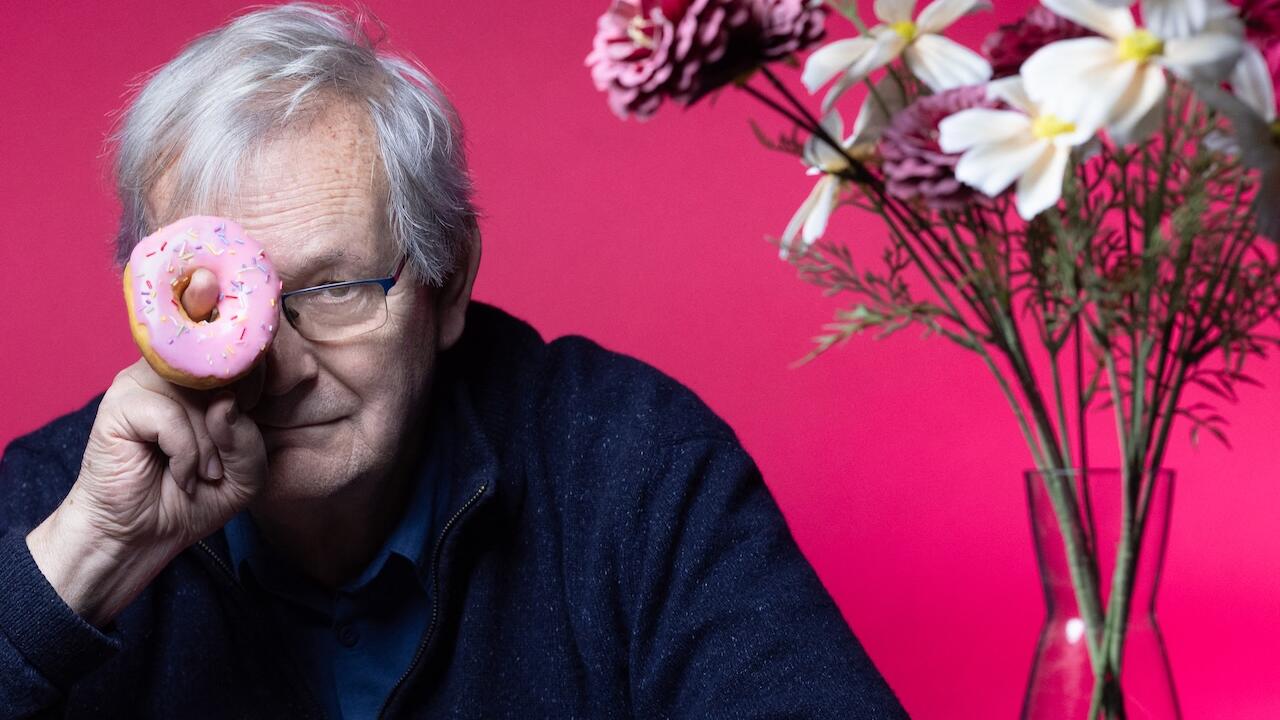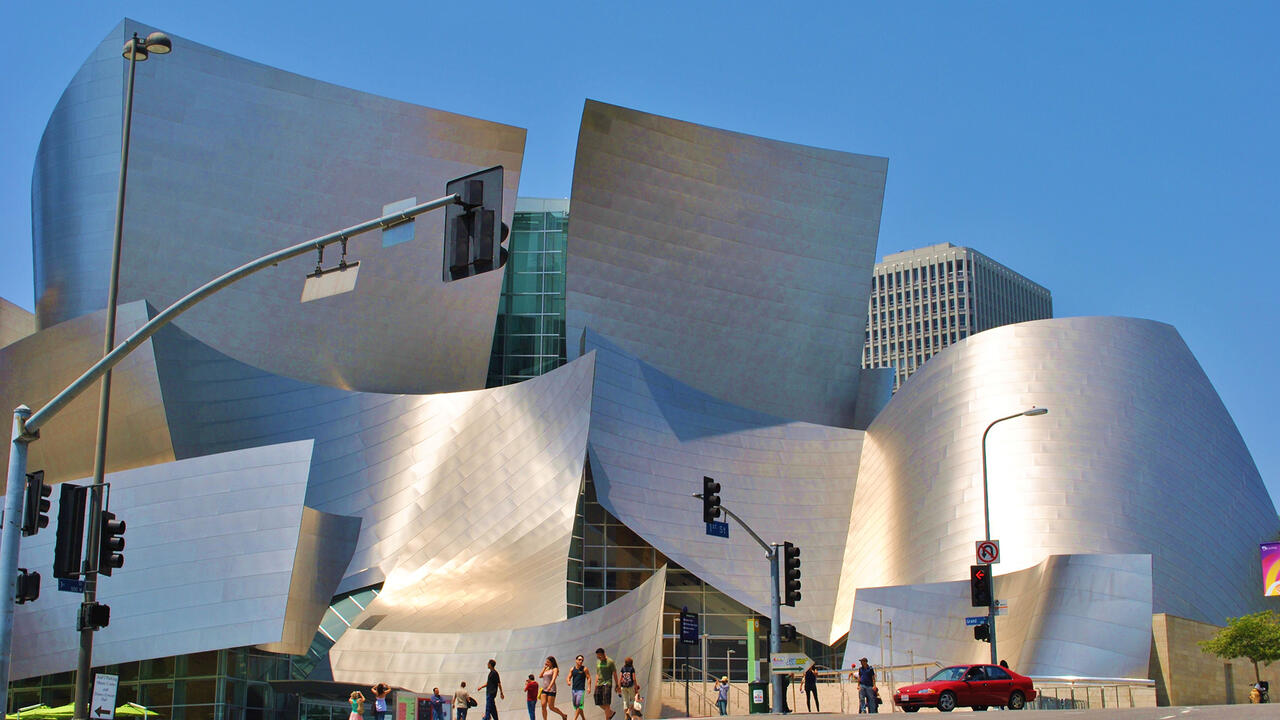‘Liberated, Rebellious and Historically Consequential’: Remembering Huguette Caland (1931–2019)
Finding solace in the joy and eroticism of the late Lebanese artist’s work
Finding solace in the joy and eroticism of the late Lebanese artist’s work

One of the most outrageous paintings the groundbreaking artist Huguette Caland ever made was a large, seemingly abstract, monochromatic canvas the colour of perfectly ripe cantaloupe. The work is nearly square, made of oil on linen and dated 1973. Part of Caland’s memorable series ‘Bribes de corps’ (Body Parts), begun in the 1970s, it features just one whimsical gesture, the inclusion of two little curves in the bottom righthand corner of the painting, which stand in, of course, for the artist’s derrière. She considered the painting a self-portrait. It was – and remains – a hilarious, naughty, gorgeous, eventful and wicked picture. Caland, who passed away this week at the age of 88, after a long period of declining health, made a wildly inventive, five-decade career out of such gestures, which combined to create a compelling visual language of erotic lines and corporeal forms. Over the years, as she moved from Beirut to Paris to Venice Beach, California, and back again, she introduced several different dialects to that language, adding styles of graphic dynamism and intricate, all-over abstraction. Along the way, she proved again and again, even if she never considered herself a feminist, that the actions and decisions of leading a feminist life could create the circumstances of a liberated, rebellious and historically consequential art.

Caland was born in Lebanon in 1931. Her mother hailed from a family of bankers. Her father, a Maronite Christian from the mountains, became the first post-independence president of the Lebanese Republic, after it declared itself free of the French Mandate in 1943. ‘I grew up with the idea of independence,’ Caland once said in an interview. ‘And I was very stubborn.’ Indeed, she shrugged off many of the expectations of a woman from her milieu. She grew extremely fat ‘as a challenge,’ she recalled. She fell for a man related to a family of political rivals. She married for love. When her father died of cancer, she began to paint, threw away all her clothes, dressed in scandalous kaftans and, although she was already caring for her three young children, decided to go back to school. At the American University of Beirut, she befriended artists and misfits among her classmates and teachers. She built a studio in the seaside suburb of Kaslik. She made pseudo-academic nudes and playful line drawings. She took a lover who was her husband’s best friend. And then she announced to everyone that she was leaving – home, family, Lebanon, for good. She moved to Paris, designed a capsule collection for Pierre Cardin (‘I like your clothes,’ he told her; ‘So do I,’ she replied), and embarked on an intense relationship with the Romanian sculptor George Apostu. When he passed away, in 1982, she moved to California, where one of her sons was living. There her work became more ornate, infused with washes of colour and warm light.

Although she built a lively community of artists in the United States, the Los Angeles art scene was, in many ways, astonishingly cruel to Caland. The curator Aram Mosheyadi, at the Hammer Museum, has been instrumental in excavating her time there and bringing renewed attention to her work. So too has Caland’s daughter, Brigitte, who organized a comprehensive survey in Beirut in 2013, the year Huguette returned to Lebanon, and a smaller, more intimate show focusing on early work for Galerie Janine Rubeiz in 2018. Caland’s work appeared in numerous high-profile exhibitions (Prospect New Orleans in 2014, ‘Made in LA’ in 2016, the Venice Biennale in 2017) and has been the subject of several eye-opening retrospectives in recent years, including a blockbuster show curated by Anne Barlow for Tate St Ives this summer.
According to Caland’s son, Philippe: ‘She had to create a world in which she fit.’ It is only some solace that her work may continue to invite us into that world, to learn its language, enjoy its style – and laugh.
Main image: Huguette Caland, Tête-á-Tête (Face to Face, detail), 1970, oil and canvas, 1.2 × 1.2 m. Courtesy: Galerie Janine Rubeiz, Beirut, Lebanon





















